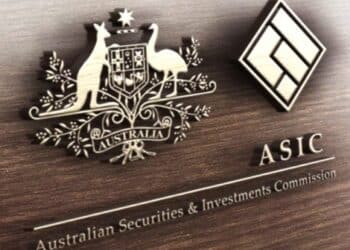The rapid surge in global interest rates in 2022 and 2023 heightened market volatility and unsettled traditional investments in shares and bonds. In response, investors have increasingly gravitated towards fixed income ETFs, drawn by their cost-efficiency and stable returns.
According to Global X, higher interest rates have put the “income” back in fixed income.
In a recent update, the fund manager said: “A challenging climate has triggered investors to opt for more low-cost investment options that offer reliable returns, and ETFs have stolen the limelight from managed funds at this pivotal moment for fixed income”.
Currently valued at approximately $28 billion, fixed income ETFs now constitute 14 per cent of the total Australian ETF market, up from the 7 per cent market share they held 10 years ago.
Moreover in 2023, fixed income ETFs saw inflows on par with equity ETFs for the first time ever, with an impressive $6.5 billion invested, accounting for 43 per cent of total market flows – setting a record for the highest proportional level achieved.
Looking ahead, with interest rates expected to ease over the next two years despite ongoing inflation concerns, bond ETFs are likely to benefit from stronger performance.
“Since fixed-rate bond coupons have an inverse relationship with interest rates, lower interest rates could make existing fixed-rate bonds more attractive, potentially leading to higher prices and capital gains for investors,” said Global X.
“Additionally, they now provide stronger defensive characteristics during potential market downturns, as they can offer income to help cushion the impact, while a flight to safety could drive fixed income prices higher.”
In line with this trend, Global X recently launched the Global X Australian Bank Credit ETF (ASX: BANK). This diversified ETF combines three types of fixed income securities related to Australian banks into a single, cost-effective, index-based product listed on the share market.
“Australian banks are some of the highest-quality financial institutions in the world, recognised for their lower risk and strong capital positions. They are paying attractive yields on some of their fixed income securities like senior bonds, subordinated debt and hybrids, which are higher than what their term deposits are offering,” the fund manager said.
“ETFs have democratised access to this asset class, making fixed income easier, more liquid and cheaper to manage.”







